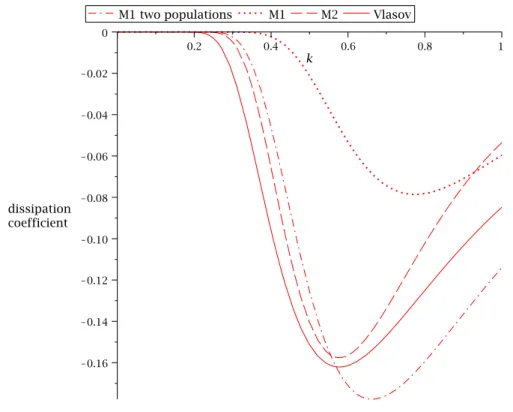Modelling and numerical methods for the study of particle transport in a hot plasma
Texte intégral
Figure




Documents relatifs
Note nally that for the nonlinear Fokker{Planck equation (also called Landau equation) (Cf. [Lif, Pi], [De, Vi]), no rigorous deriva- tion from an N-particle system exists, even in
Finally, by studying the price relation in an industrial chain, the model is also used to analyze the influence that the price fluctuation of an upstream product may bring to
In this paper, we propose the use of metaheuristic algorithms for numerical optimization to find the optimal estimate of a parameter of a discrete linear stochastic model with
The proposed stochastic flow model, built from a separation of the Lagrangian velocity in terms of smooth and random components, allows us to formalize a continuous model for the
In a first step, in order to characterize the error made during the transport phase, we simulate the pseudo-graphene model, which displays the same transport properties as the
Indeed, the CNIL issued a favourable opinion on the 2009 22 census, recalling that ‘the collection of data on the ethnicity of people, given the
n does not vanish at the boundary of Γ − , by using results and tools of [3], we can prove existence and uniqueness of the solution H 1 for the steady transport equation with
The entrainment flow at sufficiently large distance from the jet axis can be characterised as an axial sink with constant strength, assuming the axial variation of





